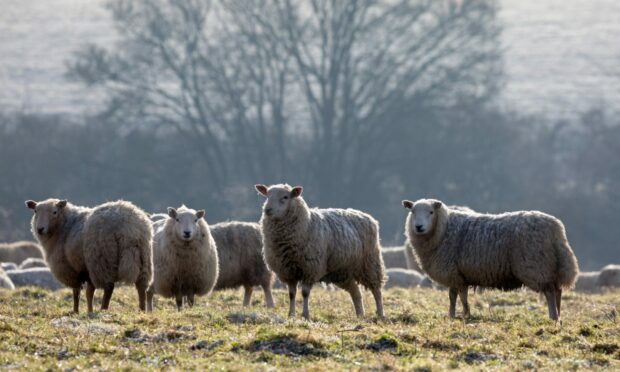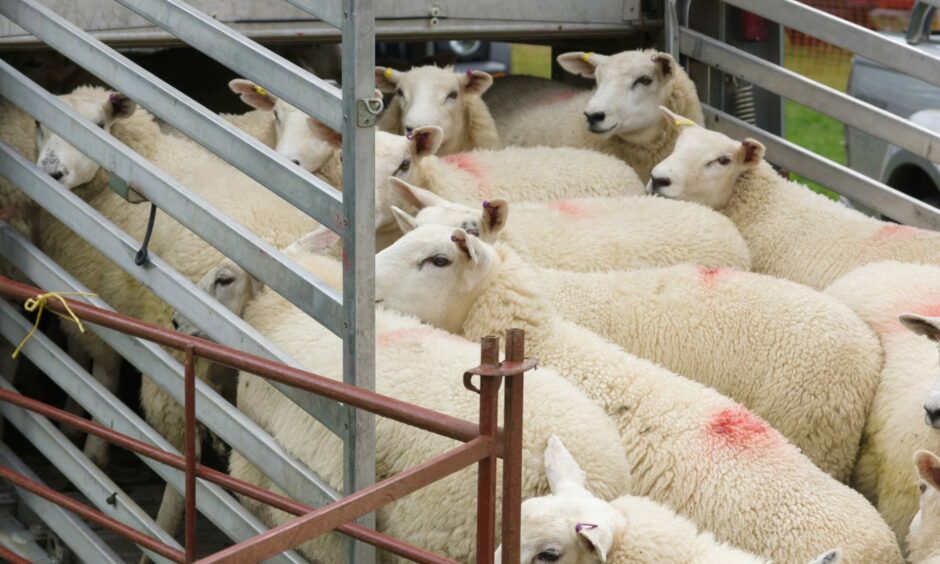Rising meat costs could lead to a resurgence in incidents of livestock thefts, warns rural insurer NFU Mutual.
It says although claims against livestock rustling were down 5.5% across the UK last year to £2.1m, criminals are becoming more active again and increased meat prices could lead to a resurgence in livestock rustling.
NFU Mutual‘s rural affairs specialist, Rebecca Davidson, said the drop in rustling in 2021 follows a 25.5% drop in incidents of livestock theft during 2020.
She said while this was encouraging, there were concerns the trend could reverse, despite industry efforts to make it more difficult for livestock rustlers to get away with stealing stock.
“While the latest figures are going in the right direction, livestock rustling remains one of the costliest crimes after machinery theft,” said Ms Davidson.
“Until recently it was very difficult to bring about prosecutions because of the difficulties detecting stolen animals and the likelihood that stolen sheep were usually sold for their meat.
“Now we are seeing high-tech security and marking systems, along with DNA testing, each making it more difficult for criminals to escape justice.”
She said although livestock rustling had been going on for centuries, it had advanced from the theft of a couple of lambs or a single cattle beast to large-scale operations involving criminal gangs who regularly steal up to 50 animals at a time.
“The fact that large-scale thefts are still taking place demonstrates there’s no room for complacency and we’re concerned that higher meat prices, combined with the squeeze on consumers, could lead to a new wave of livestock theft,” added Ms Davidson.
She said NFU Mutual was supporting a number of initiatives across the UK to help detect livestock theft, including two trials of connected farms which use sensors to detect unusual activity and alert farmers to potential rustling incidents.
NFU Mutual is now advising farmers and crofters to take steps to protect their livestock from theft.
This includes ensuring all animals are clearly marked and records are up-to-date, and where possible grazing livestock away from roads.
Farmers are asked to vary the times they feed and check stock, and to consider the use of gate sensors and a high-tech marking system.
They are encouraged to ask their neighbours to report any suspicious sightings to them, the police, or the Crimestoppers Hotline on 0800 555 111, and to call the Police on 999 immediately if an incident is taking place.

